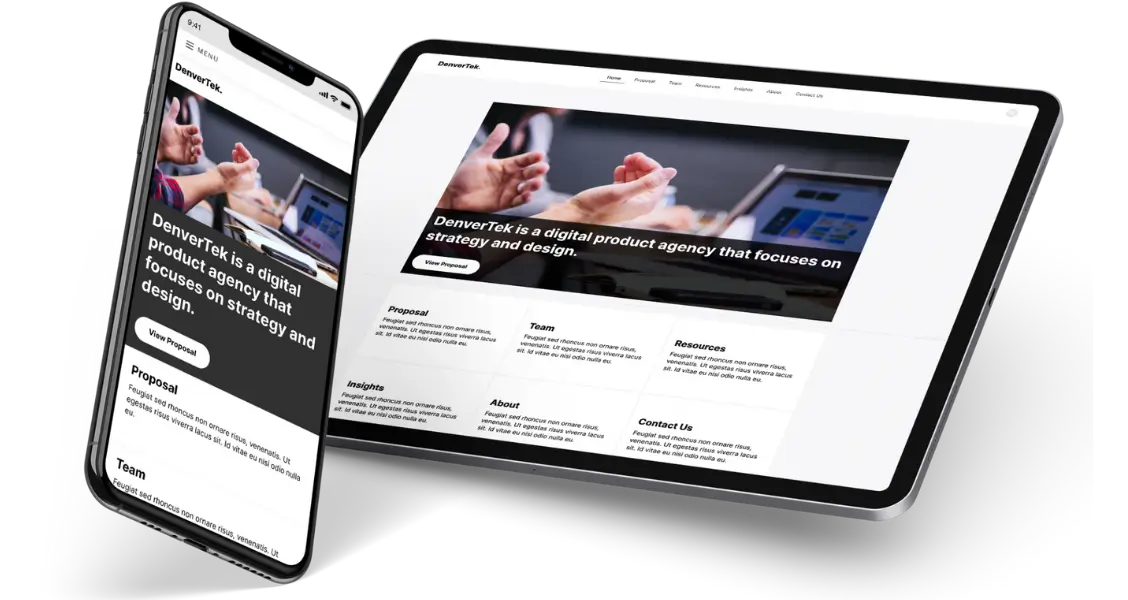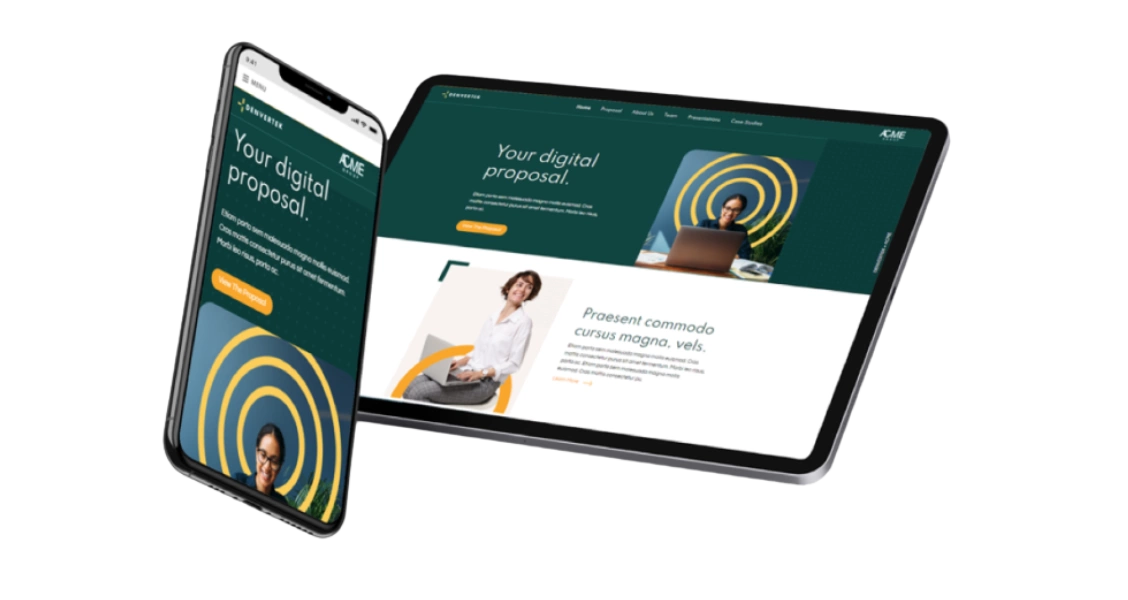For many busy teams bidding on RFPs, a consistently good win rate is key to being able to justify internal resources to keep the department running.
This makes RFP bid proposal writing a pressured environment for many working in it. Standing out from the competition and landing projects is key to survival. Yet as any seasoned bid writer knows, that’s often a lot easier said than done.
We put our own sales team’s minds to work to come up with some secret tips that will improve your success rate and turn those “nos” and “maybes” into resounding “yeses.”
Get into reconnaissance mode to learn what your dream customers need
You’ve more than likely got a very clear idea of who the movers and shakers in your industry are — and which customers you’d love to have on your book of business. If you’re looking for public work, for instance, you might be able to whittle down this list to just a few government departments or agencies.
On the other hand, your industry may be so vast that whittling down your “dream buyer” list may be impossible. The more niche your field, the more likely it is that you can do some shortlisting.
Your objective here is to enter a request for proposal bid on an opportunity before it’s already inundated by the competition. So that will mean being quick off the mark.
You can gather the information that may assist with the formulation of a bid in a few ways.
Firstly, you can keep in touch with key stakeholders at your dream companies. By picking up information on the grapevine, you may be able to get wind of what the company’s internal vision looks like–and what pain points it might be looking to draft in external parties to fix.
Who might these people be? They may hold job titles such as “Procurement Manager.” Or they may handle procurement as one of their unofficial responsibilities. It could be worthwhile investing a little bit of effort into networking in order to get on the radar of these individuals.
Work on your blog and social media presence
Yes, maybe not what you were expecting – but it’s one that a lot of organizations say is key.
Ideally, you don’t want your RFP response to be the first time the buying party has ever come across your name. You could work on developing inroads to the company – as we recommended above.
Alternatively, you could do whatever you can to get your company’s name out there. If you don’t already have a blog, consider starting one so that you can give your prospective customers —and the world—a flavor of what your capabilities are.
You can use a mixture of common content marketing assets to piece together a detailed picture of where you could bring value.
Make sure you’re not boring prospects with irrelevant information
Just because RFP processes are often leveraged when companies need to look for suppliers for large pieces of business doesn’t mean that the responses need to be long-winded.
Many companies are under the impression that to look sufficiently “serious” RFP responses need to be just that. This is a mistake. Think of RFP readers the same way as you would readers of your blog: provide too much unnecessary information and they’re going to click away. Except in the world of RFPs, exits mean lost business.
The focus of your RFP response should always be meeting the requirements set out in the spec. At all times you want to keep in mind that you’re trying to prove how your company can meet the company’s requirements – and ideally better than anybody else can.
You’ll probably be expected to include background information about your firm or who the key players you’d envision implementing the project would be if the business is won. Just remember that you should try to keep the background information focused on how your target could benefit from that experience. Try, wherever possible, to highlight those connections and show why the information is pertinent.
One great way to stand out: by using a microsite. First, design a bid proposal template that has space for just enough information. And then iterate on that with your bids. The format alone will put you at a competitive advantage and provide readers with a more engaging means of assessing the strength of your bid.
Make sure you balance abstract and concrete language
A common recommendation issued to new writers is to make sure that there’s a blend of abstract and concrete language in the text. Abstract language can be things like ideas and emotions. There’s nothing wrong with explaining why your team was motivated to pursue this bid and how you think it aligns with your firm’s vision.
But make sure that you balance that out with a liberal sprinkling of concrete language also. When you get the balance right, your reader is left with the idea that you’re both enthusiastic about winning the business and can back up that feeling with proof of your capability to get the job done. Because ultimately, when business is awarded, they’re relying on your ability to follow up words with actions.
Some examples of concrete language:
Projects you’ve completed in the past that are comparable to this (potential) opportunity. Statistics from the industry or from your own previous success rate. One other ‘must have’ in your bid content: social proof. This can be any external validation that shows that others are just as enthusiastic about your abilities as you are. Testimonials and case study snippets can be woven into the text. When these three elements come together (abstract ideas, concrete statistics, and social proof) the impression about your suitability for the business can be powerful and persuasive.
Triage your bid-writing resources intelligently
We’ve discussed before how implementing a simple project management system can allow you to turbo-charge your bid writing process and make it vastly more efficient.
Being able to put together a simple bid decision-making matrix can be key to allowing you to determine which bid opportunities are worth pursuing and which can be safely put on the long finger – or ignored altogether.
Because your sales team’s time is precious and limited, we recommend creating a scoring sheet for ranking any RFP opportunity that comes in the door. Some questions that you can ask: What’s the potential business worth? How high do you rate your chances? Do you have any objective information about the extent of the competition?
Once you’ve gone through this process, focus your team’s time and energy on only the most promising bid opportunities. You can use your bid template to speed up the process too. By focusing more time on a narrower pool of opportunities, you’ll converse energy and use your existing resources more effectively.
To find out more about how Zoomforth can help you stand out from your competitors, request a demo here.



